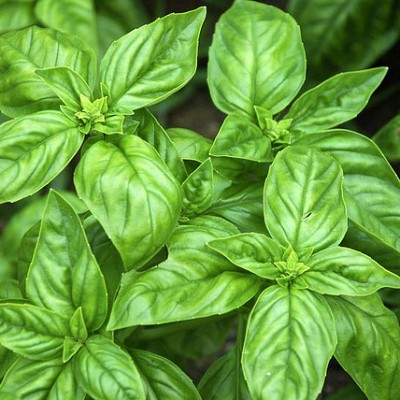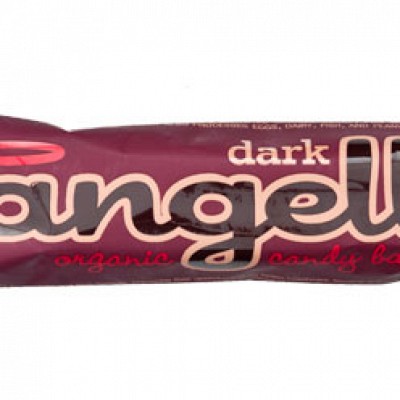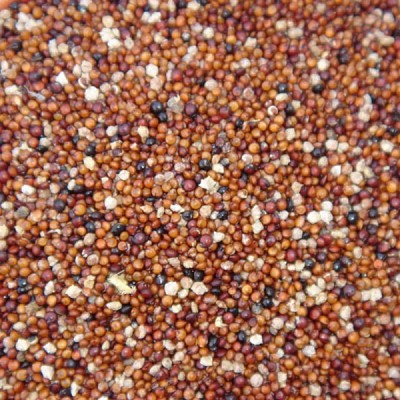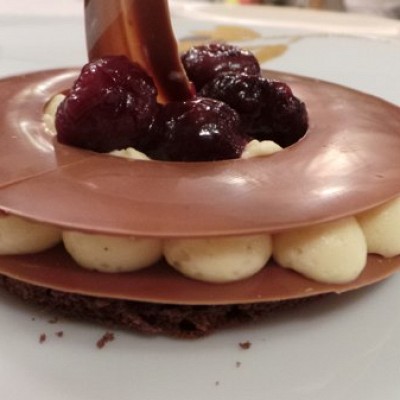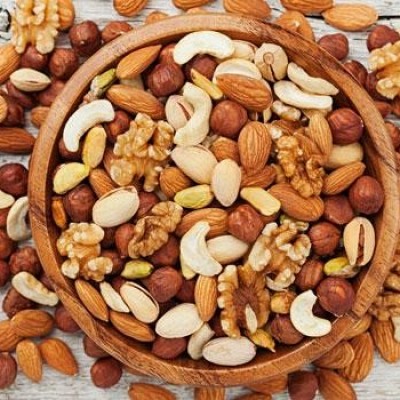Performing well in ANY sport includes many factors—physical fitness, focus, precision, and your diet. Yes, what you eat can play a role in how well your golf swing goes on the course… So if you want to improve your golf game, optimizing your nutrition should be your first step.
Good news—there’s no need to go low-carb, keto, or paleo or get caught up in crazy diets. The easiest thing to do is add anti-inflammatory foods to your diet. It’s simple, easy, and surprisingly tasty.
Let’s start by understanding inflammation and how it can affect your golf game. Heads up—this could be one of the easiest hacks to improve your golf game!
What is inflammation?
Inflammation is what happens in your body when you get injured or have an infection. Your body reacts naturally to trauma by sending white blood cells to the problem area.
They take action by causing swelling, redness, and heat (all of which may increase your pain level). Interestingly, while you’re dealing with these uncomfortable symptoms, your immune system is going to work to heal damage.
Acute inflammation happens fast and in response to some kind of trauma. However, chronic inflammation is the more dangerous type. In this case, your body stays on high alert, and the constant stress can lead to conditions like heart disease and arthritis.
How Does Inflammation Affect Golfers?
For golfers, being inflamed can have a negative impact on your performance. But it doesn’t just affect you when you’re on the course—it can also drag out your recovery so things like stiffness, niggling aches, and full-on injuries don’t heal as quickly.
Becoming inflamed is easier than you think! Swinging a golf club, kneeling down to study the green, and even walking long distances can all cause small tears to muscles and jarring to your joints. Inflammation follows naturally.
When your body doesn't recover properly, this inflammation can become chronic, leaving you with joint pain, stiffness, and fatigue. These issues can reduce your mobility, limit swing range, and delay recovery times between rounds.
Inflammation from repetitive stress (think golf swing after golf swing, after golf swing…) is common in golfers. But loving the sport doesn’t automatically mean you’ll struggle with them—as long as you take some extra care to protect yourself. Unfortunately, no fancy golf accessories can reduce inflammation for you!
The Link Between Diet and Inflammation
Diet plays a big role in how inflamed you become (and whether it sticks around or passes quickly). If you’re eating a lot of processed foods high in refined sugars or unhealthy fats, you’re asking for inflammation to move in.
On the other hand, filling your diet with anti-inflammatory foods can make a big (positive) difference in both your performance and your recovery. Good news—most anti-inflammatory foods are filling, healthy, and tasty. Give them a chance, and you’ll thank yourself later!
Top Anti-Inflammatory Foods for Golfers
Spice up your diet with these healthy anti-inflammatory foods, and you should notice that your golf game improves… And you don’t have as many aches and pains after a day on the course.
Omega-3 Rich Foods
Omega-3 fatty acids have powerful anti-inflammatory properties. Scientific research proves it time and again! Add foods like fatty fish (salmon, mackerel, sardines), unsalted nuts, flaxseeds, and chia seeds to your diet, and you can expect better recovery thanks to less muscle damage after physical activity.
Fruits and Vegetables
Yes, your mom was right about eating your vegetables! They say you should “Eat the rainbow” if you want the full benefits, so see if you can include brightly colored fruits and veggies in your daily meals. Berries are loaded with antioxidants, and leafy greens hold much more value than you think.
Whole Grains and Legumes
These foods are high in fiber, which goes a long way towards improving your gut health. A healthy gut is the foundation of overall health (and a healthy brain, by the way!). Try oats, quinoa, lentils, chickpeas, and beans.
Herbs and Spices
Don’t discount herbs and spices! Firstly, they’re packed with health benefits and super easy to add to your daily diet. Secondly, they can take boring, bland, “healthy” meals from zero to hero thanks to their varied tastes.
Turmeric, thanks to its active compound curcumin, is particularly powerful. Ginger and garlic also have anti-inflammatory benefits and can be easily added to almost any meal, breakfast, lunch, and dinner.
How to Add Anti-Inflammatory Foods to Your Diet
Start by swapping processed or inflammatory foods with healthier ones. You don’t need to replace your entire week of food immediately—start small and work your way up.
Meal Planning Tips for Golfers
Planning your meals ahead of time makes it a whole lot easier to consistently include anti-inflammatory foods. Start by preparing ingredients in bulk, like cooking whole grains or roasting vegetables for the week. Add your protein source, wait for everything to cool, and freeze your meals for easy use whenever you need them.
Snacks to Pack for the Golf Course
Don’t forget to revamp your snacking habits as well. If you like to snack on the course, make an effort to steer clear of unhealthy stuff and pack things like walnuts, carrot sticks with hummus, whole grain crackers with guacamole, or berries in small containers.
Easy Recovery Tips for Golfers to Fight Inflammation
Feeling a little inflamed after your round? Try some of these tips to ease it up so you can recover faster and get back to full form.
Hydration for Inflammation Relief
Staying well-hydrated is one of the simplest and easiest ways to reduce inflammation. Water helps flush out toxins, keeps your tissues flexible, and speeds up muscle recovery after a round of golf. Try to drink water throughout the day, especially during and after physical activity.
Sleep and Rest for Recovery
Your body heals during sleep. Getting an average of 7 to 9 hours of restful sleep can lower inflammation significantly, but it’s only valuable if you actually get decent sleep. Make sure your room is cool, dark, and comfortable.
Stretching and Mobility for Joint Health
Light stretching and mobility exercises like yoga can help ease up stiffness and inflammation in the joints. Stretching before and after playing improves your flexibility and lowers your risk of injury.
Cold Therapy for Inflammation
Cold therapy, also called cryotherapy, is an excellent way to reduce inflammation and speed up recovery. It works by lowering the temperature of your skin and muscles, which causes blood vessels to constrict, reducing blood flow to the inflamed area.
This helps minimize swelling and can make a big difference to your discomfort level. Once your body warms up again, your blood vessels dilate, increasing blood flow that helps flush out toxins and bring in nutrients for faster healing.
Massages to Relieve Muscle Tension
Massage therapy is an excellent tool for reducing inflammation and muscle soreness. A good massage improves circulation, bringing nutrients and oxygen to the inflamed area so it can heal faster. Massages also help reduce muscle tension, which can ease discomfort after long rounds of golf.
Conclusion
Being a good golfer is about more than just investing in a good set of clubs and stocking up on handy golf gadgets. If you want to perform at your best on the golf course and in life in general, it’s a good idea to optimize more than just your game, and your diet is an important part of any kind of performance.
Add these anti-inflammatory foods to your daily meals, and you’ll notice the difference in your muscles and joints during and after your rounds. Plus, they’re tasty, versatile, and affordable, so this could be one of the most accessible golfing tips!


































